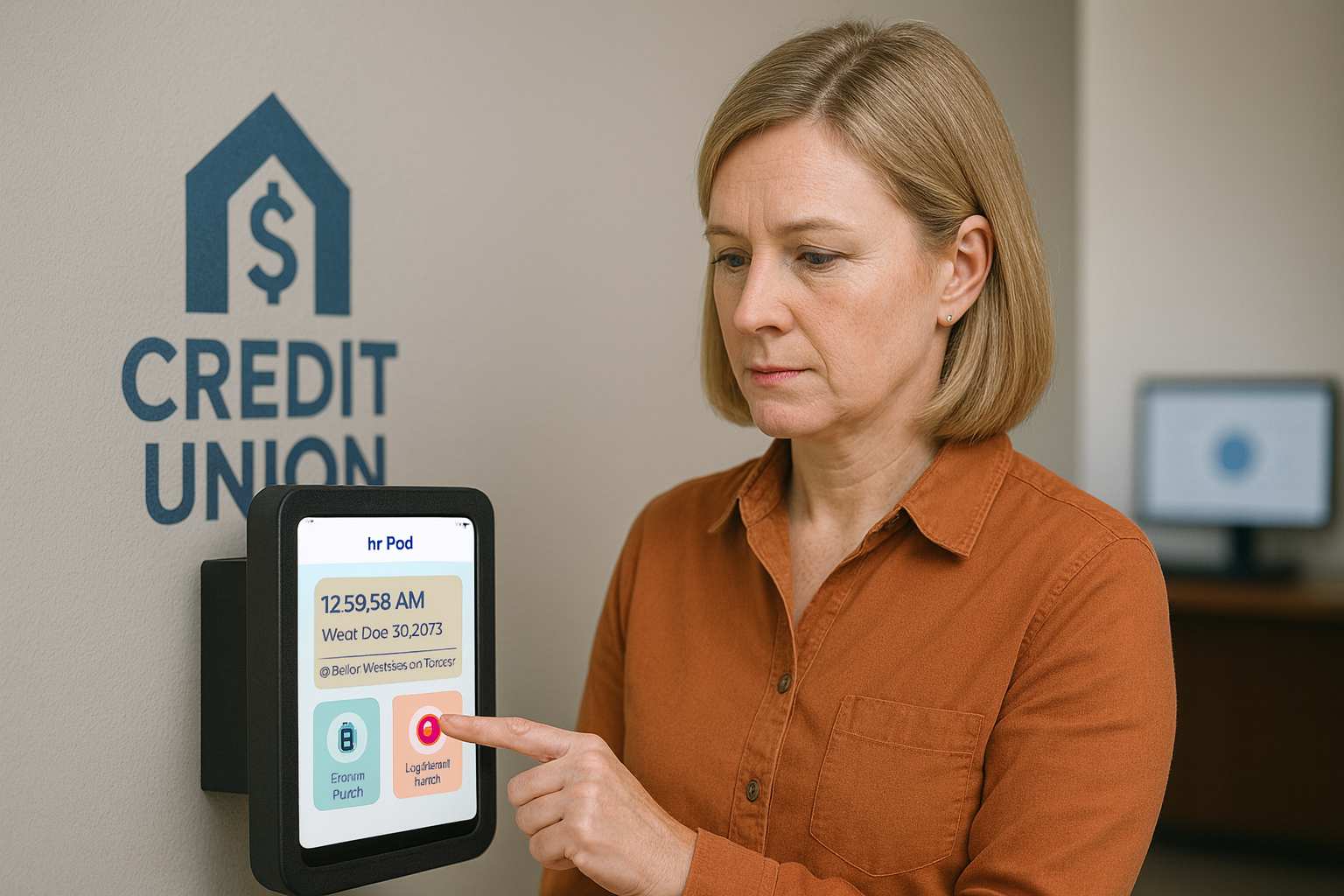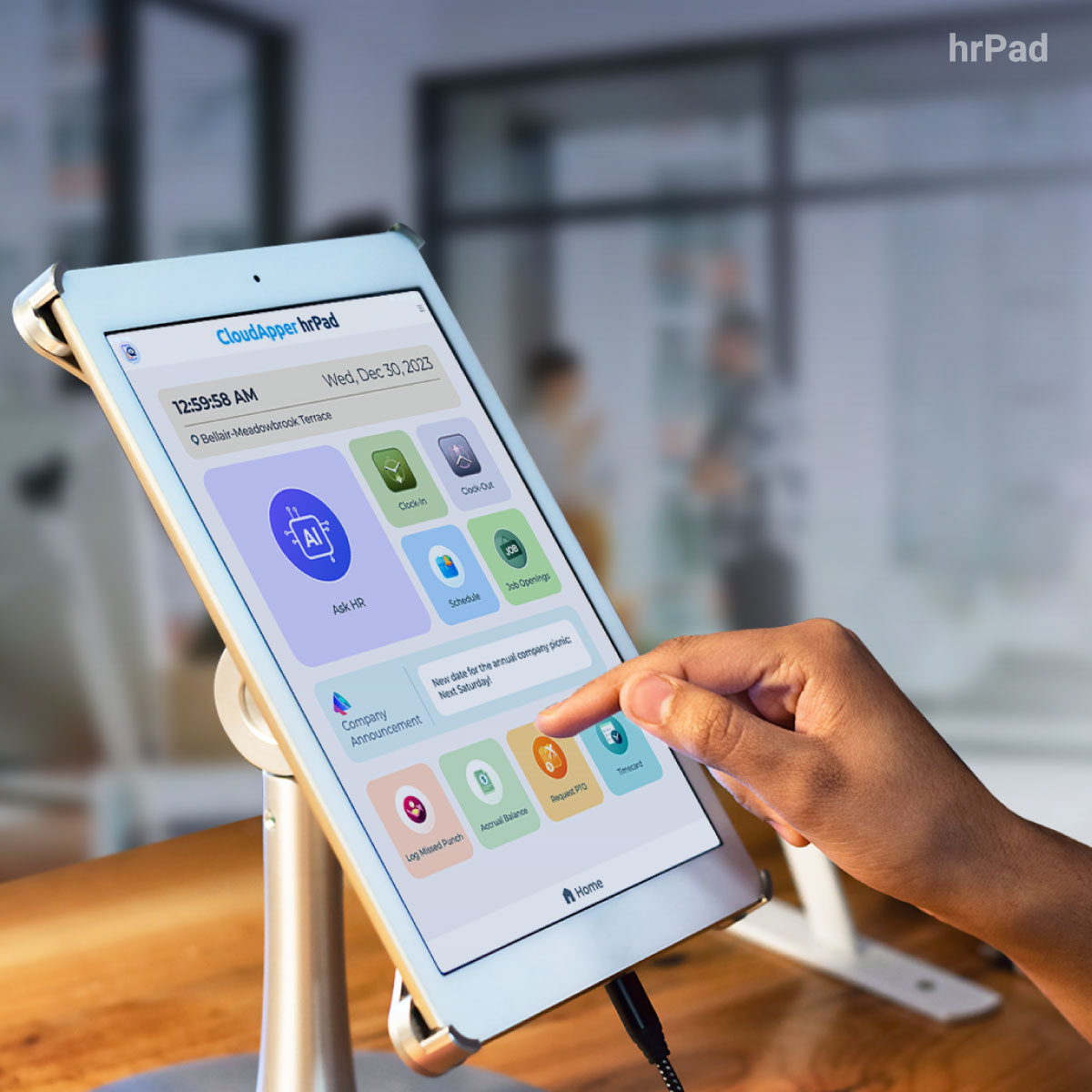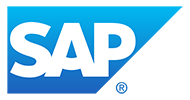When a hospitality chain faced rising PTO conflicts and compliance risks across dozens of locations, traditional HR tools fell short. Learn how CloudApper hrPad transformed their frontline operations—bringing real-time visibility, smarter scheduling, and built-in labor law compliance into every store using a simple tablet.
Table of Contents
When Samantha joined the HR team at a fast-growing quick-service restaurant chain, she expected the usual challenges of managing a distributed workforce. What she didn’t expect was how difficult it would be to simply track and approve paid time off (PTO) requests across dozens of locations—without causing chaos on the schedule.
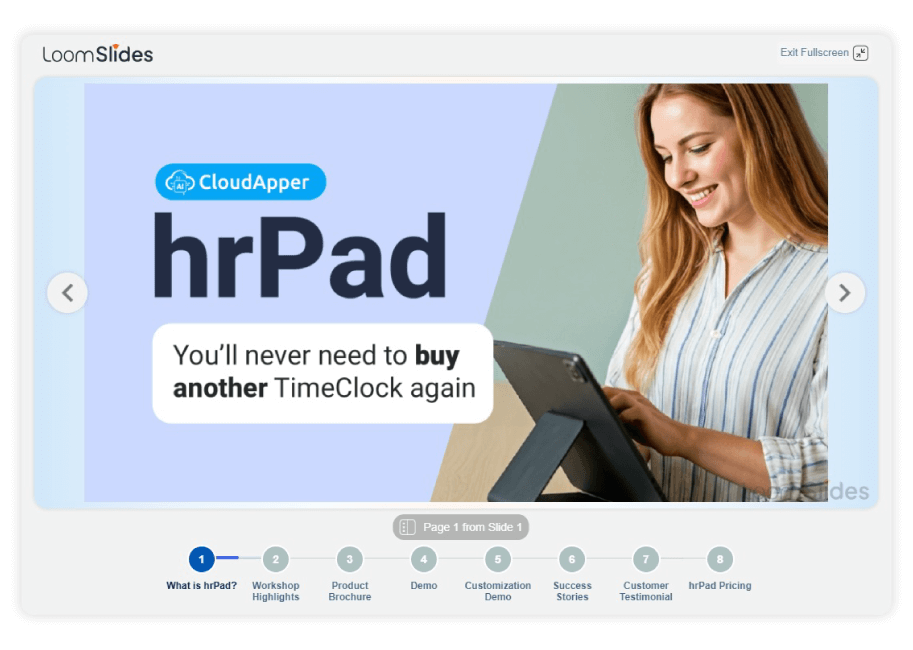
For more information on CloudApper hrPad visit our page here.
“It wasn’t that we didn’t have systems in place,” she said. “We were using one of the top HCM platforms on the market. But the tools weren’t designed for frontline operations. PTO requests were submitted digitally, yes—but the visibility just wasn’t there at the store level. Managers couldn’t easily see who else had approved time off. Decisions were being made in silos. And that created major staffing problems.”
The first major breakdown came in July, during peak vacation season. One high-traffic location approved four time-off requests in the same week, unaware that only three employees remained available to cover the busiest shifts. The result? Lines out the door, frustrated customers, and a frustrated general manager who had no idea it could have been prevented.
This was the moment Samantha knew the system needed more than a patch—it needed a frontline upgrade.
The Turnaround: Bringing PTO and Compliance to the Frontline
That upgrade came in the form of CloudApper hrPad, a tablet-based solution that did far more than capture clock-ins and outs. “From the moment we deployed hrPad on our existing iPads, things changed,” Samantha recalled.
“Now, store managers could see who was requesting PTO, who was already approved, and what the schedule looked like—all from the same device they used every day to manage their teams.”
It wasn’t just about seeing data—it was about empowering managers to make smarter decisions in real time. For Samantha, it was the visibility they had always needed but never had.
But hrPad went beyond just time-off tracking. It introduced compliance intelligence at the point of operation, a feature Samantha hadn’t expected but came to rely on. The restaurant chain operated in seven different states, each with its own rules about breaks, rest periods, and scheduling for minors. Previously, compliance was something reviewed after the fact—often too late to prevent a violation.
“With hrPad, compliance is proactive,” she explained. “If a manager tries to approve time off that would violate break coverage or minor scheduling rules, they get an alert right away. It’s like having a compliance officer inside every store.”
Listening to Employees in the Moments That Matter
One of the surprise benefits of hrPad was its integrated wellness and engagement feedback. Employees are prompted with a quick question during clock-out—nothing too formal, but just enough to gauge morale, burnout risk, or satisfaction with scheduling policies.
At first, Samantha thought the questions would feel intrusive. But within weeks, they were seeing real patterns emerge.
“We started noticing trends—stores where employees consistently reported that they didn’t feel comfortable requesting time off, or locations where burnout sentiment was rising. It gave us the data we needed to intervene early, offer support, or adjust manager training.”
The feedback was anonymous, immediate, and contextual—and it was coming directly from the frontline, not from a delayed quarterly survey.
Turning Absences Into Opportunities
PTO inevitably creates staffing gaps, but hrPad introduced a workflow that helped Samantha’s team turn those gaps into opportunities for internal referrals and shift coverage. If a scheduled team member was approved for time off, hrPad allowed managers to notify others with similar skills—and even enabled employees to refer friends or family to apply for open roles via SMS.
“It wasn’t just about solving the coverage issue,” Samantha said. “It was about turning it into a micro-recruitment engine. We actually started filling roles faster from employee referrals prompted by PTO gaps than from any job board we were using.”
The Bottom Line: Less Stress, Better Decisions, Happier Teams
Within three months of deploying CloudApper hrPad across all restaurant locations, the changes were undeniable. Shift conflicts dropped. Time-off requests were processed faster. Compliance flags were caught before they became legal risks. And managers—who once felt overwhelmed by scheduling complexity—were suddenly more confident in their decision-making.
“Honestly, it’s not just a time clock,” Samantha concluded. “It’s a decision tool. It’s a compliance shield. And it’s a communication channel with our employees that we never had before.”
For fast-paced hospitality environments where timing, coverage, and labor law adherence all matter, CloudApper hrPad didn’t just fill the gaps—it redefined the way PTO and workforce compliance should be managed.
What is CloudApper AI Platform?
CloudApper AI is an advanced platform that enables organizations to integrate AI into their existing enterprise systems effortlessly, without the need for technical expertise, costly development, or upgrading the underlying infrastructure. By transforming legacy systems into AI-capable solutions, CloudApper allows companies to harness the power of Generative AI quickly and efficiently. This approach has been successfully implemented with leading systems like UKG, Workday, Oracle, Paradox, Amazon AWS Bedrock and can be applied across various industries, helping businesses enhance productivity, automate processes, and gain deeper insights without the usual complexities. With CloudApper AI, you can start experiencing the transformative benefits of AI today. Learn More
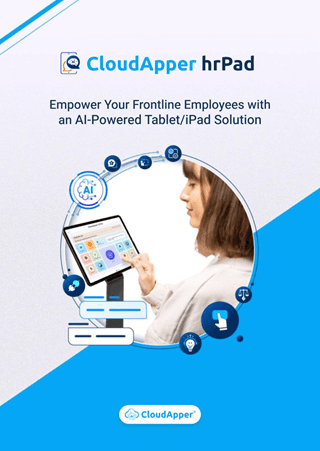
Brochure
CloudApper hrPad
Empower Frontline Employees with an AI-Powered Tablet/iPad Solution
Download Brochure
CloudApper AI Solutions for HR
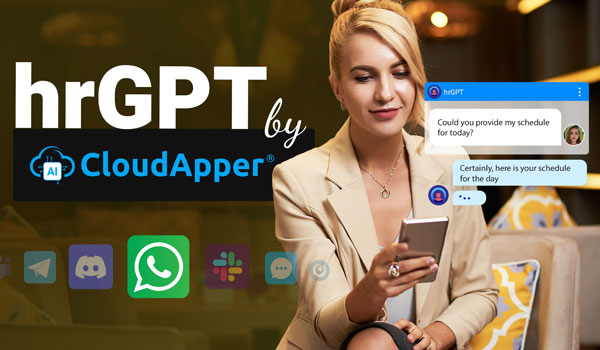


- Works with
- and more.
Similar Posts

Digital Hub for Deskless Workers: The Employee Self-Service Kiosk That…
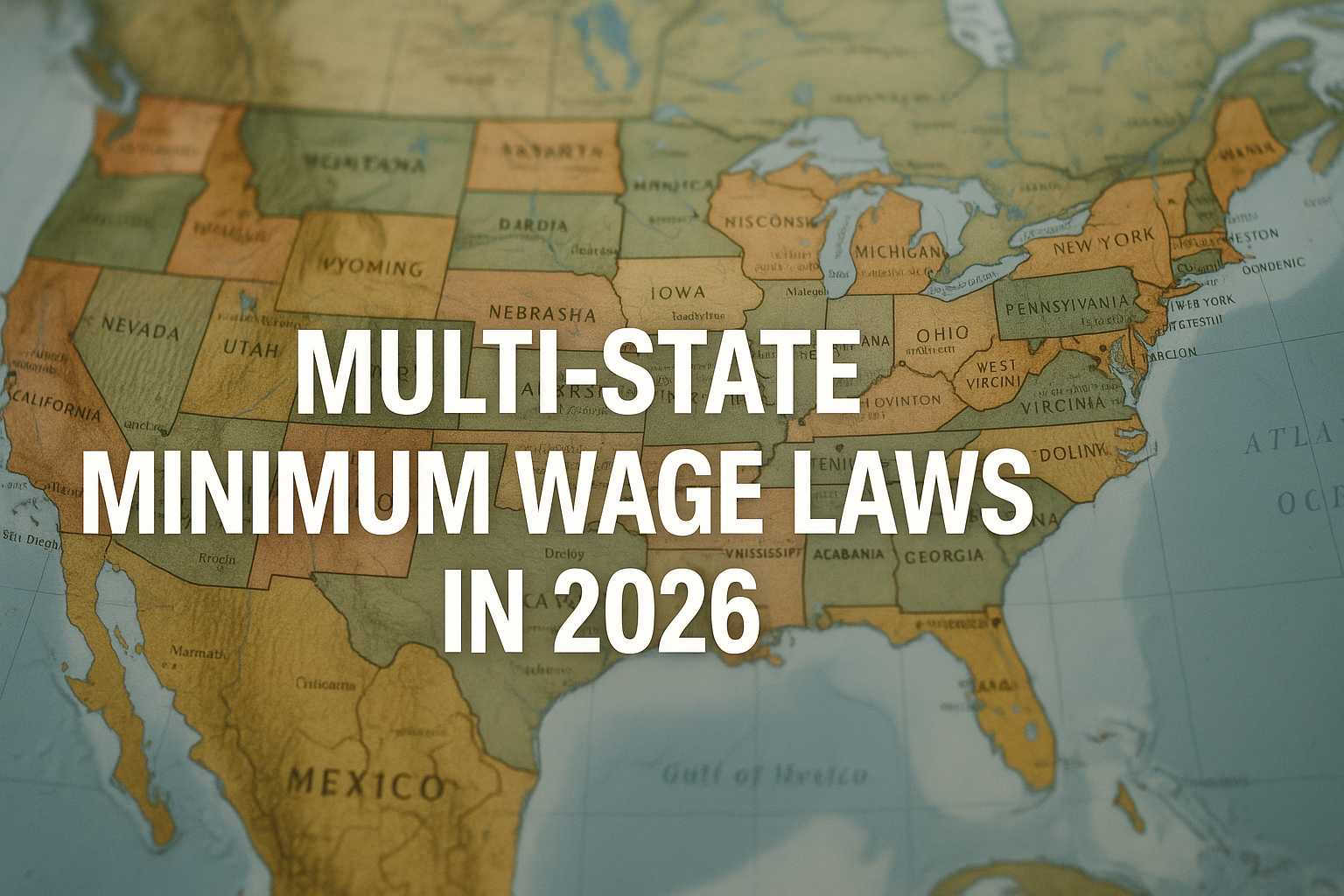
Managing Complex Multi-State Minimum Wage Laws in 2026 with CloudApper…
